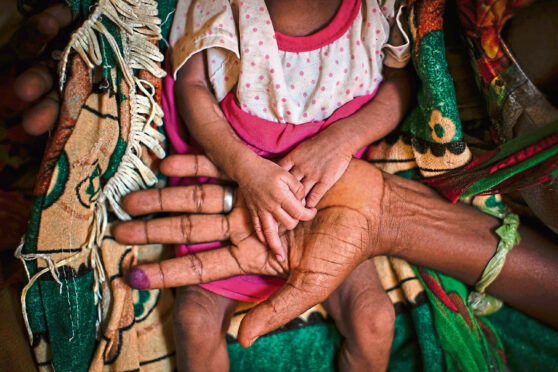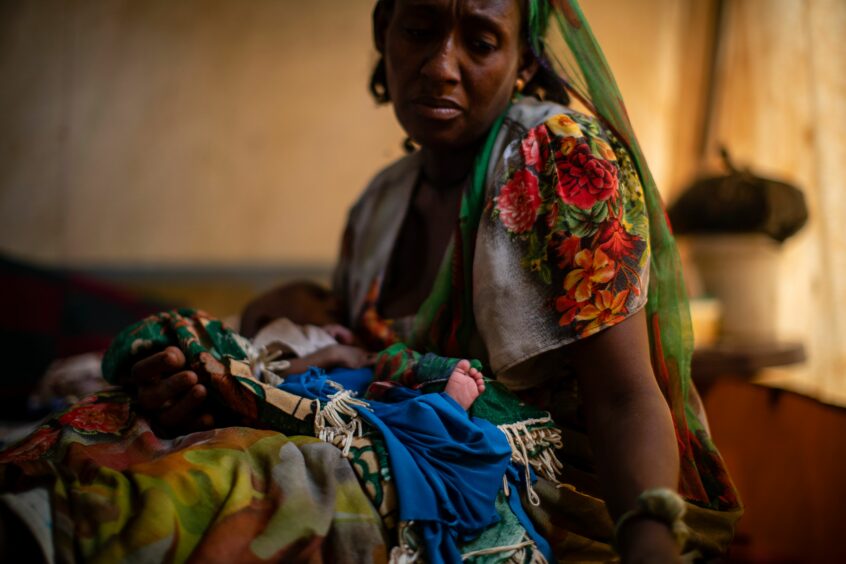
The United Nations has warned of more than 400,000 famine victims as fighting rages on in the Tigray region of Ethiopia.
Victims of the famine include more than 33,000 children who are severely malnourished and 1.8 million people are on the brink of being affected due to the increase in food insecurity and hunger.
The UN Security Council, at its first public meeting on the crisis, said the situation had worsened dramatically in the past fortnight. Rape and other sexual assaults are also escalating, with more than 1,200 attacks reported. The true number is believed to be far higher, as stigma, shame and a lack of support services have led to victims not coming forward.
Ramesh Rajasingham, the UN’s acting under-secretary-general for humanitarian affairs and emergency relief co-ordinator, said: “More than 400,000 people are estimated to have crossed the threshold into famine and another 1.8 million people are on the brink of famine. Some are suggesting that the numbers are even higher. Thirty-three thousand children are severely malnourished.”
He added that it was “the worst famine situation we have seen in decades”.
Two million people have been displaced and nearly 5.2 million are in need of assistance, as humanitarian organisations have stepped up attempts to provide emergency aid.
But Rajasingham said their efforts have been hampered by the conflict, with five United Nations Children’s Fund (Unicef) trucks loaded with life-saving water and sanitation supplies currently blocked from the region and last week a convoy of World Food Programme trucks was prevented from entering Tigray.
He added that humanitarian providers must never be a target as three aid workers from Médecins Sans Frontières were murdered in Tigray last week. The conflict between the Ethiopian government and fighters from the Tigrayan People’s Liberation Front started last November following months of tension over proposed reforms to Ethiopia’s federal system of government.
Ethiopian Prime Minister Abiy Ahmed then ordered a military offensive against regional forces in Tigray after an attack on an army base where government troops were housed.
All sides have been accused of human rights violations and carrying out mass killings during the conflict.
The government announced a unilateral ceasefire on Tuesday, which has been welcomed by the UN despite continued clashes as the rebels have vowed to force their “enemies” from the area.
Rajasingham also urged the government to repair bridges destroyed or damaged in attacks, and to fast-track aid groups’ request for communications equipment.
Linda Thomas-Greenfield, the US ambassador to the UN, said Ethiopia’s government needed to demonstrate “it truly intends to use the ceasefire to address the humanitarian catastrophe”, and further warned that denying aid access would be “not an indication of a humanitarian ceasefire, but of a siege”.

Enjoy the convenience of having The Sunday Post delivered as a digital ePaper straight to your smartphone, tablet or computer.
Subscribe for only £5.49 a month and enjoy all the benefits of the printed paper as a digital replica.
Subscribe © Ben Curtis/AP/Shutterstock
© Ben Curtis/AP/Shutterstock